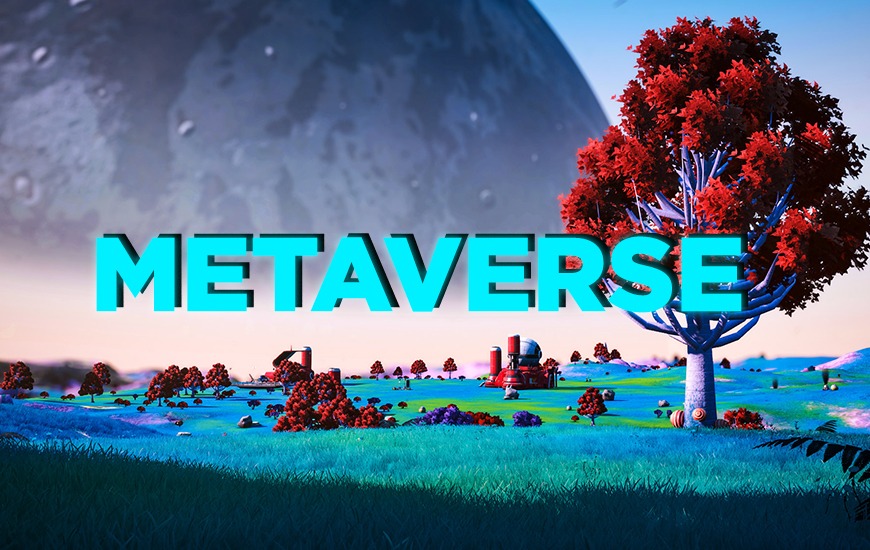- IDC estimates that retail spending on AI is expected to grow at a more than 25%
- AR/VR will see a 77% compound annual growth rate
- Research shows that a single bad experience can easily drive away even the most loyal customer
With all the promotion around the metaverse, you could believe we’re only days from connecting and living in the Matrix. All the more genuinely, the metaverse will be extraordinary and a colossal chance for internet business, however we’re just toward the start of that excursion.
A considerable lot of the primary innovation parts of the metaverse stack — including man-made consciousness (AI), increased reality (AR), computer generated reality (VR), nonfungible tokens (NFTs) and bots — are accessible today. Also, vendors are spending forcefully on them.
IDC gauges that retail spending on AI is supposed to develop at an over 25% build yearly development rate somewhere in the range of 2021 and 2025. It is assessed that from 2019 to 2023, AR/VR will see a 77% build yearly development rate. This year alone (2022), specialists gauge $1.8 billion in retail and advertising spend on VR. The customer area alone is over half of expenditure in AR and VR.
People request personalization, new encounters and less rubbing
Research shows that conveying even basic AI, AR or VR can considerably develop client commitment and transformation.
These advancements additionally diminish the faltering $428 billion in item gets back every year. Notwithstanding their prompt advantages, these primary innovations act as an extraordinary venturing stone to the unavoidable prevalence of the metaverse — yet provided that you can appropriately tune them to gain by basic human ways of behaving.
Regardless of anything “refrain” it works in, internet business has consistently relied upon matching innovation to essential human longings (that seldom change). We have a voracious interest for encounters — new encounters that invigorate us and are customized and viable.
For instance, 60% of individuals need to envision how an item squeezes into their lives. Simulated intelligence, with cutting edge calculations, can look for designs in our lives and make ideas from stock about what items to begin with, in light of information from past buys, perusing, geology, and so on. AR/VR can then, at that point, — easily — give a representation with regards to the client’s current circumstance.
IKEA’s famous Place is an AR application that meets quite a bit of these models by displaying the organization’s items and aiding customers pick and spot furniture in their homes. Not in the least does this application convey personalization and a straightforward, custom experience for buyers in their homes, yet it eliminates returns.
In design, a few comparable applications give virtual take a stab at and measuring encounters. Basic innovation like FitFinder innovation assists purchasers with customizing their estimating experience by taking the information of a brand or thing they know fits them and utilizing a calculation to precisely look at the estimations.
ALSO READ: 65% chance of recession in Crypto
Where essential metaverse tech battles
Probably the most famous utilizations of these advances span physical and virtual encounters. Yet, the advances actually miss the mark on many fronts.
Geological age-old propensities for the actual world actually cause coincidentally finds the tech stack. Exploring the variety of estimating in the two geologies and individual brands is still hard. Grasping the distinctions between the EU and the U.S. measuring actually difficulties most purchasers and even size “enormous” can shift essentially between producers in a similar country.
Bots are one more great representation of primary innovation that actually isn’t meeting the basic match between essential cravings and innovation. Certainly, it’s effective for traders to send bots, yet they are seldom useful and shoppers can’t stand them.
Research demonstrates the way that a solitary terrible encounter can undoubtedly drive away even the most faithful client. Shippers are simply figuring out the minutes when bots are ideal and those when it’s smarter to focus on the shopper experience and get a human on the line.
Lastly, tangible encounters actually can’t be imitated in the virtual world past essential haptic reactions. You can’t “feel” the texture, smell the flavors or participate in other tactile encounters. Nothing in the virtual world verges on matching the assessment and delight in contacting those textures or sitting on that sofa.
Steve Anderson is an Australian crypto enthusiast. He is a specialist in management and trading for over 5 years. Steve has worked as a crypto trader, he loves learning about decentralisation, understanding the true potential of the blockchain.


 Home
Home News
News










